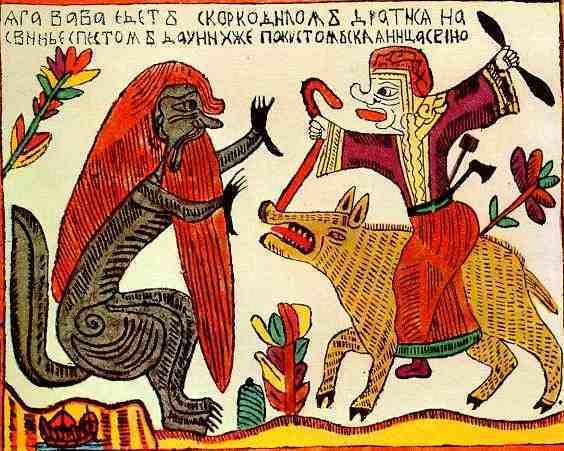 | ||
The crone is a stock character in folklore and fairy tale, an old woman. In some stories, she is disagreeable, malicious, or sinister in manner, often with magical or supernatural associations that can make her either helpful or obstructing. The Crone is also an archetypal figure, a Wise Woman. As a character type, the crone shares characteristics with the hag.
Contents
The word "crone" is a less common synonym for "old woman", and is more likely to appear in reference to traditional narratives than in contemporary everyday usage. The word became further specialized as the third aspect of the Triple Goddess popularized by Robert Graves and subsequently in some forms of neopaganism, particularly Wicca in which she symbolizes the Dark Goddess, the dark of the moon, the end of a cycle. In New Age and feminist spiritual circles, a "Croning" is a ritual rite of passage into an era of wisdom, freedom, and personal power. Some feminist authors have defined the crone archetype in a positive light, as a powerful and wise old woman.
Etymology
As a noun, crone entered the English language around the year 1390, deriving from the Anglo-French word carogne (an insult), itself deriving from the Old North French charogne, caroigne, meaning a disagreeable woman (literally meaning "carrion"). Prior to the entrance of the word into English, the surname Hopcrone is recorded (around 1323–1324).
In hero-journey
In Joseph Campbell's classic work The Hero with a Thousand Faces, the first encounter of the hero on his journey is with a protective figure who provides him with amulets or magic devices against the dangers he will face. The crone is one of the most common of these protective figures.
Campbell links the "helpful crone" to the fairy godmother. The wicked fairy godmother sometimes appears in the guise of a crone.
Examples
In Norse myth, Thor wrestles the crone Elli who personifies old age.
The Slavic witch Baba Yaga is a crone and liminal guardian to the Otherworld.
In the local folklore, of Somerset in southwest England, The Woman of the Mist is said to appear sometimes as a crone gathering sticks; sightings of her were reported as late as the 1950s. In the Scottish Highlands tale "The Poor Brother and the Rich," a crone refuses to stay buried until her son-in-law provides a generous wake, after which he becomes as wealthy as his more fortunate brother.
In Cuban traditional folklore old women often appear as helpful characters, as in the tale of the sick man who can't get well until he meets an old woman who advises him to wear the tunic of a man who is truly happy. According to writer Alma Flor Ada, "They tend to be the ones who keep the family together, who pass on the traditions, who know the remedies that would cure the different illnesses,"
